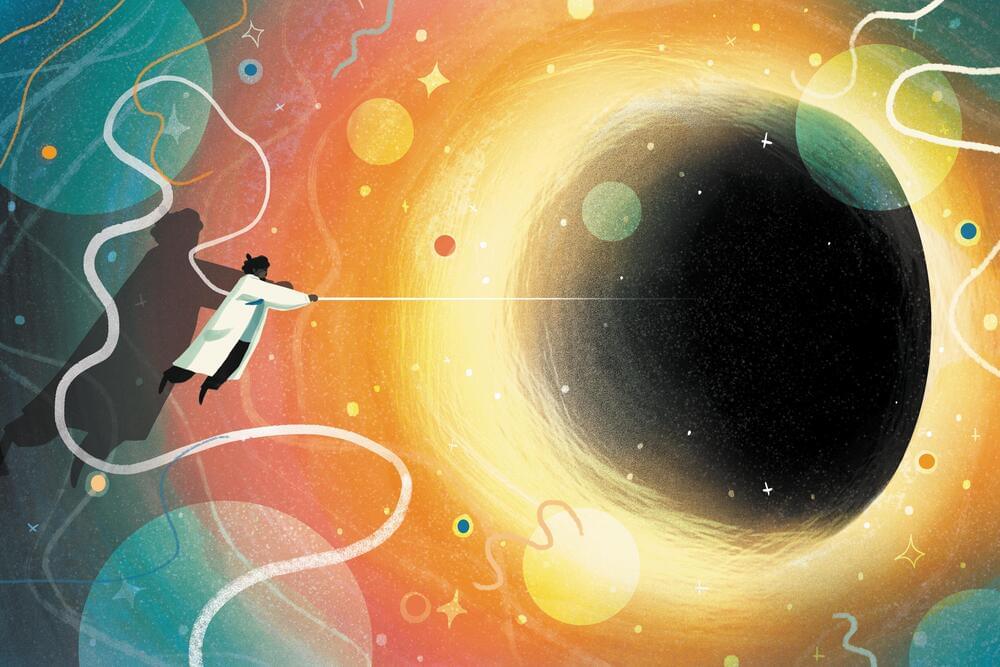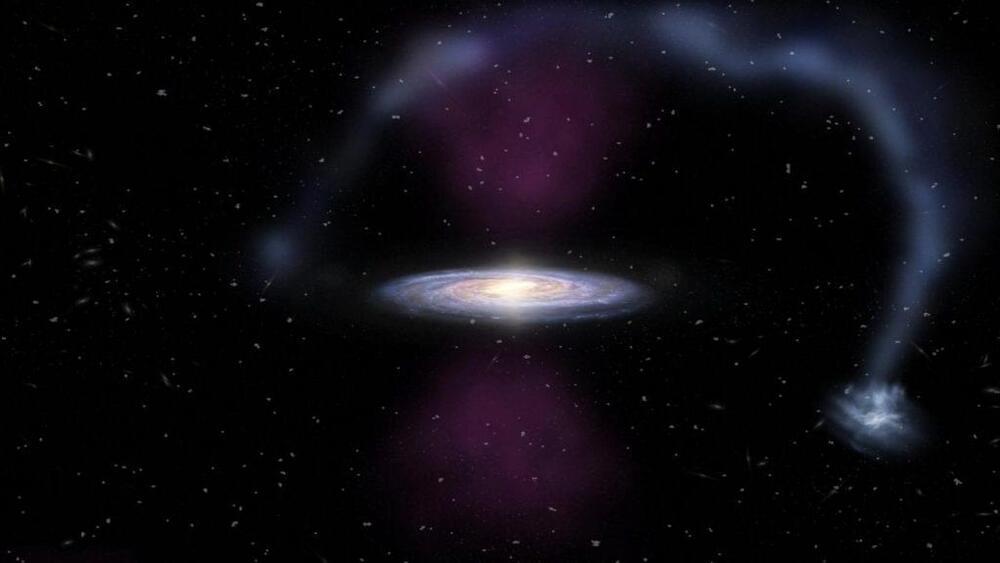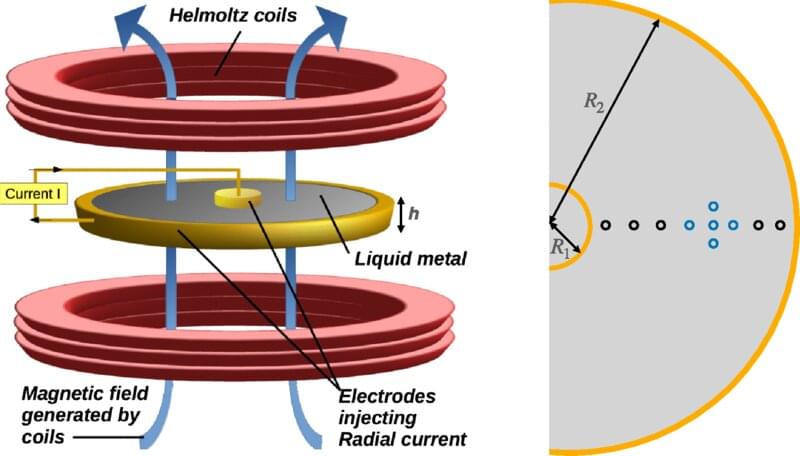Check out the math & physics courses that I mentioned (many of which are free!) and support this channel by going to https://brilliant.org/Sabine/ where you can create your Brilliant account. The first 200 will get 20% off the annual premium subscription.
Einstein’s theory of general relativity has made countless correct predictions and yet physicists are constantly trying to prove it wrong. Why? What would it be good for to prove Einstein wrong? And how could it be done? In this video I go through the most promising experiments that physicists currently work on which could prove Einstein wrong.
You can support me on Patreon: https://www.patreon.com/Sabine.
The new constraints from gamma ray bursts:
https://arxiv.org/abs/2109.
The new Afshordi paper on black hole echoes.
https://arxiv.org/abs/2201.
Aspelmeyer et al’s quest for massive superpositions.


